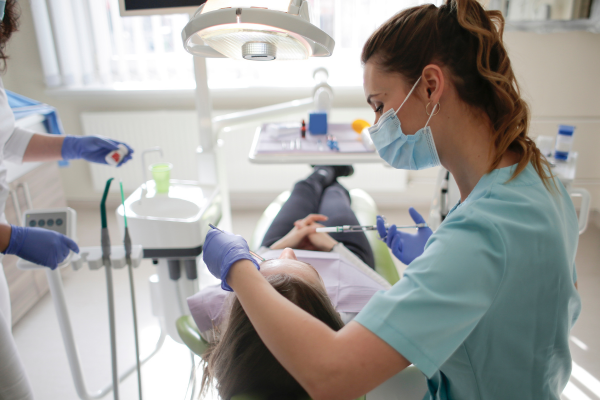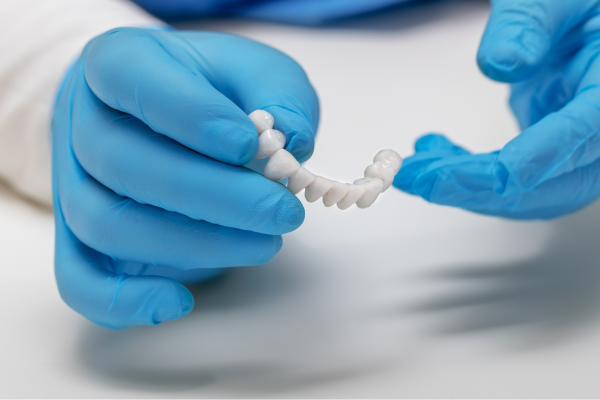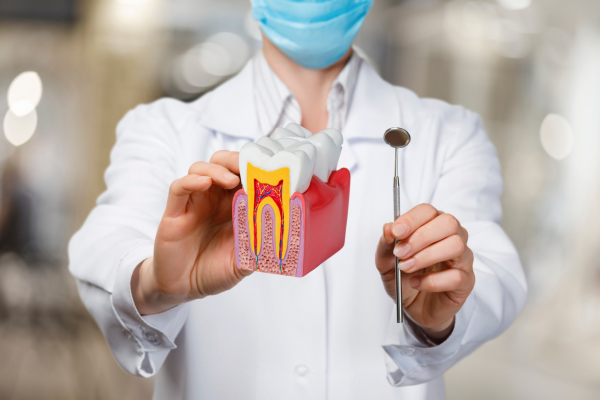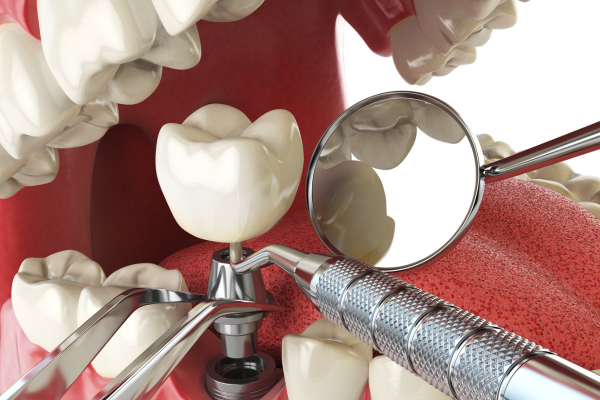Periodontal disease, commonly known as gum disease, is a bacterial illness that affects the gums and bones that support the teeth. You can avoid this issue by practicing good oral hygiene and scheduling routine dental cleanings. There are two methods of treating periodontal disease: surgical and non-surgical. Our skilled dentists at One Family Dental will assist you in receiving the finest possible care for your periodontal health.
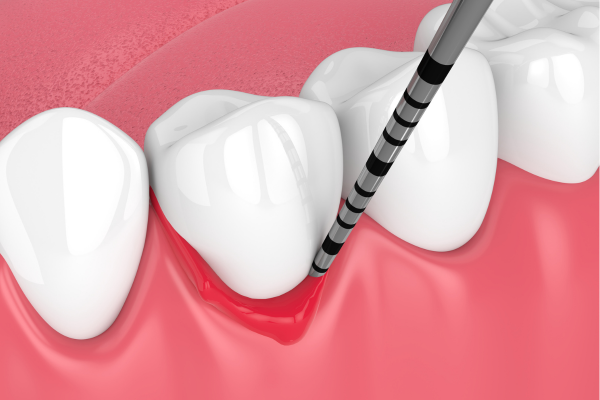
What are the different stages of periodontal disease?
There are different types of Periodontal Diseases which are as follows:
1. The first stage is gingivitis where there is swelling and redness and the gums may bleed when you brush or rinse your mouth.
2. If you do not get it treated, it can get worse and reach the second stage which is called early periodontitis, the symptoms can be deep swelling in your gums, due to which there can be holes around your teeth or you may even have to face bone loss.
3. The third stage, called moderate periodontitis, involves your gums receding more severely, the holes around your teeth become deeper, and there is a chance of more bone loss, which can make your teeth unstable.
4. The last stage of this disease is called advanced periodontitis, in which your teeth may become loose or fall out. Due to excessive bone and tissue destruction, it can have a great impact on your oral health, to prevent this, it is important to detect and treat it as early as possible.
Book Appointment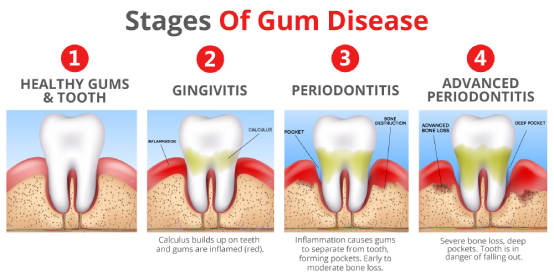
Treatment of Periodontal Diseases
Periodontal disease is also commonly known as gum disease. It can be treated in two ways, one is surgical and the other is non-surgical treatment. The treatment is approached according to your condition.
Scaling and Root Planning
The first step is non-surgical treatment such as scaling and root planning, commonly called deep cleaning. This aims at completely removing plaque and tartar from below your gum line to smooth the root of your teeth, which can help your gum to reconnect. You may also be given antimicrobial treatment, such as a medicated rinse or a local antibiotic, to prevent infection.
Surgical Treatment
In severe cases, different types of surgeries are done, such as flap surgery, bone grafts, or soft tissue grafts, to grow back or fix your damaged tissues. You can also manage your periodontal health by practicing good oral hygiene and visiting your dentist regularly for checkups or professional cleanings.
Book AppointmentFrequently Asked Questions
A highly advanced dental method is called periodontal treatment. It is used to treat gum conditions like gingivitis and periodontitis. It includes controlling gum inflammation and infection as well as deep cleaning techniques like scaling and root planning to get rid of excess plaque and tartar. To stop tooth loss, lessen gum recession, and enhance general oral health, such treatment is required.
Gums that are swollen, red, or bleeding, continuous bad breath, gum recession, loose teeth, and chewing difficulty are all common indicators that you may require treatment for periodontics. If you detect any of these symptoms, see a dentist right away for monitoring and treatment.
Since local anesthetic is used to numb the afflicted areas, treatment for periodontal disease is typically painless. After the procedure, some patients could feel a little sensitive or uncomfortable, but this normally goes away in a few days. Your dentist will offer advice on how to maintain a healthy recovery.


